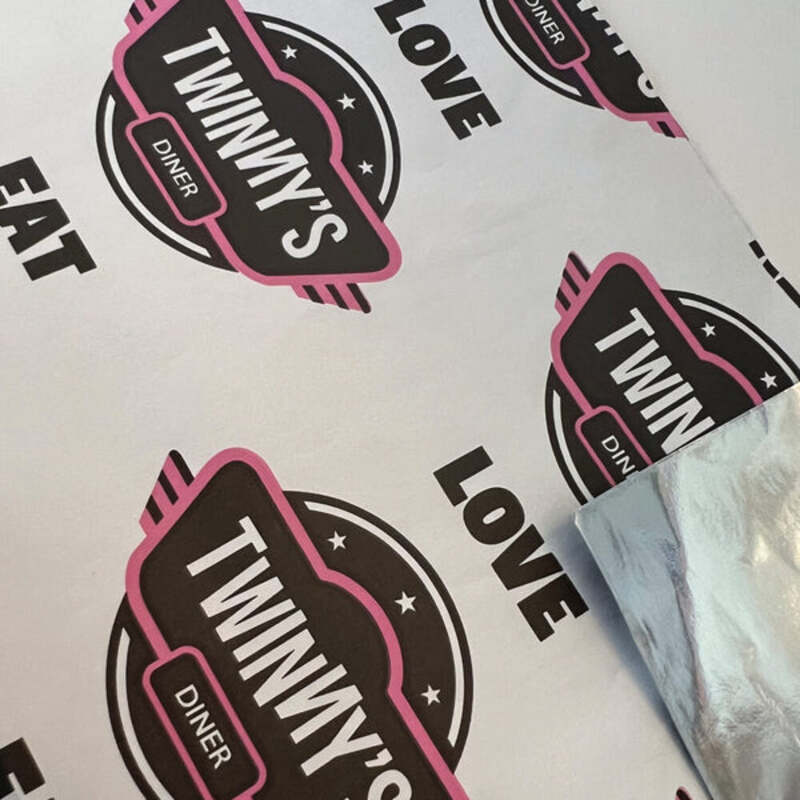The Role of Backing Boards in Various Applications
Backing boards, also known as backdrop panels or support boards, play a crucial role in numerous applications across multiple industries. Their primary function is to provide stability, support, and a clean background, enhancing both aesthetic appeal and practical functionality. Whether in art displays, construction, signage, or photography, backing boards are versatile tools that serve various purposes.
In the realm of art and crafts, backing boards are essential for artists and creators. They act as a sturdy base for paintings, drawings, and mixed media projects, preventing warping and damage over time. Artists often mount their works onto these boards to provide not only support but also a finished look that is ready for display. Museums and galleries also utilize backing boards to showcase artwork securely. Protective backing helps ensure that valuable pieces are preserved and that they maintain their integrity throughout exhibitions.
In construction and renovation, backing boards are utilized as substrate materials in various applications. Drywall, for instance, is installed on backing boards to create walls that are both level and soundproof. In tiling, cement board serves as a backing board for tiles in wet areas like bathrooms and kitchens, providing a moisture-resistant surface that protects against mold and water damage. These boards are pivotal in creating durable structures that can withstand the elements while ensuring safety and stability.
Signage is another area where backing boards are invaluable. Businesses often use them to support promotional materials, advertisements, or informational signage. A sturdy backing board not only enhances the visibility of the sign but also protects it from damage caused by environmental elements. Whether it’s catchy advertisements displayed outdoors or informational signs in a lobby, the right backing board can make a significant difference in presentation and longevity.
backing board

In photography and presentation, backing boards serve as a backdrop that adds depth and dimension to images. They can range from simple colors to intricate designs, providing a relevant context that complements the subject. Photographers often use backing boards for portrait sessions, product photography, and event coverage to create a professional look. A well-chosen backdrop can elevate the quality of the photographs, making them more appealing to viewers.
Another essential application of backing boards is in the field of marketing and promotional events. Companies often set up booths at trade shows and conferences where backing boards are employed to create eye-catching displays. These boards can be customized with graphics, logos, and branding elements, helping to draw attention and communicate messages effectively. The visual impact of a well-designed backing board can attract potential customers and enhance brand recognition.
Moreover, the choice of material for backing boards varies widely depending on their intended use. Common materials include cardboard, foam core, MDF (medium-density fiberboard), and even acrylic for more specialized applications. Each material possesses unique properties that make it suitable for specific industries and uses.
In conclusion, backing boards are far more than just support structures; they are integral to functionality and design across a wide range of fields. From the art world to construction, signage, photography, and marketing, these boards provide stability, protection, and an aesthetic touch. As technology and materials advance, it is likely that the applications and benefits of backing boards will only continue to expand, further solidifying their importance in both everyday and specialized uses.



